Enzy
Advanced Member level 1

Follow along with the video below to see how to install our site as a web app on your home screen.
Note: This feature may not be available in some browsers.



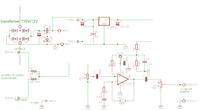


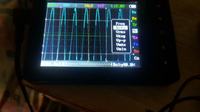
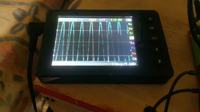
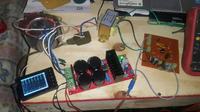

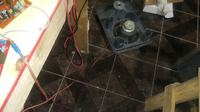
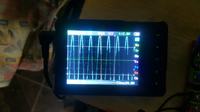








They have very poor quality.what are saying besides they are cheap?
A simple lowpass filter smooths a waveform by cutting its important high frequencies that you do not want to do with a 'scope. You want the 'scope to show you any high frequency oscillation or clipping of a waveform.the scope can be adjusted for the wave to look smooth


The waveform you showed at the output of the preamp is not a sinewave, instead it is digital steps. You cannot see if the sinewave is clipping and you cannot see high frequency oscillation.I'm kinda lost, Im seeing a sinewave with the scope, which looks OK
The preamp is clean when using the scope to test it when there is no signal at the input then there is no voltage at the output.
Why do you want class-D? Most amplifiers and all my amplifiers are class-AB and do not produce an output when there is no input.I was asking if I can get help making a class D amplifier is that a possibility?


Also I was asking if I can get help making a class D amplifier is that a possibility?


